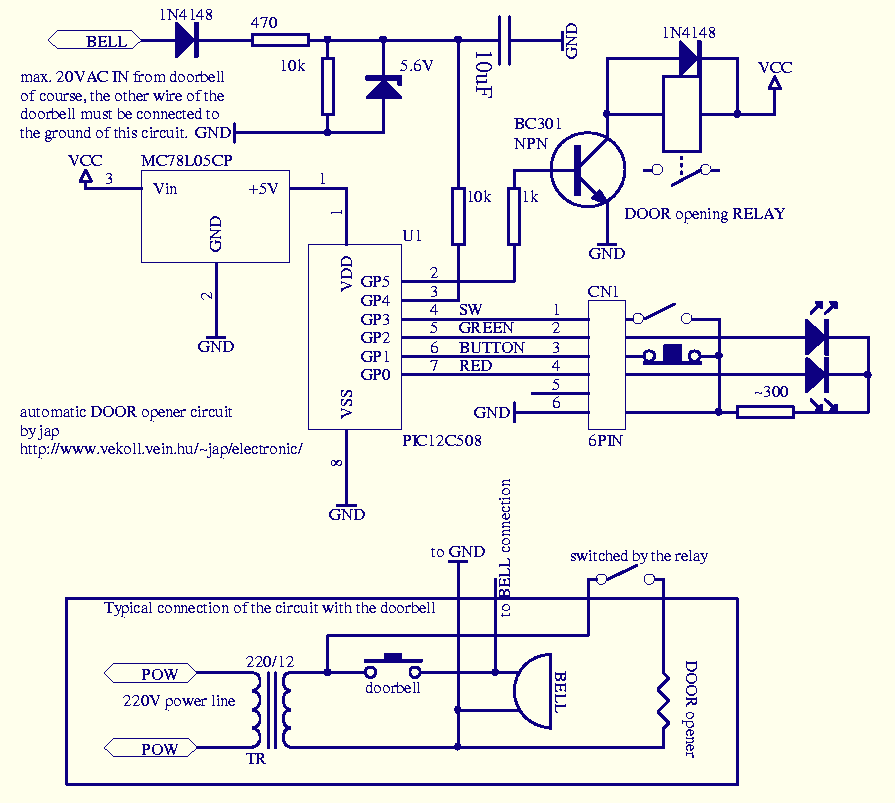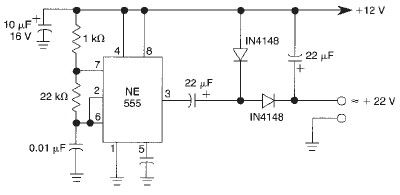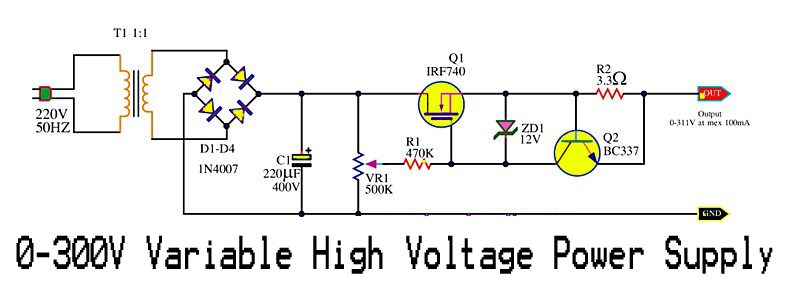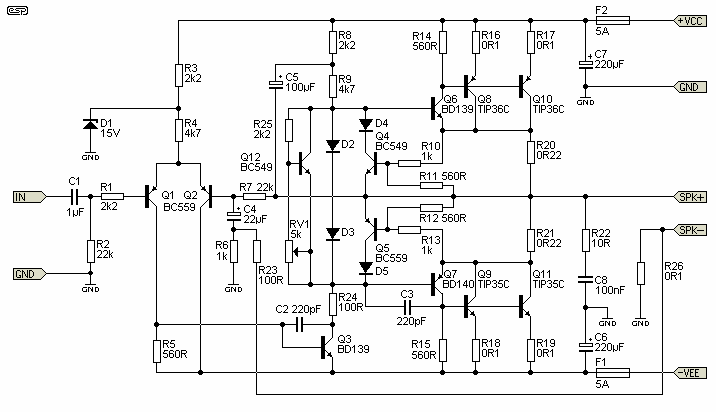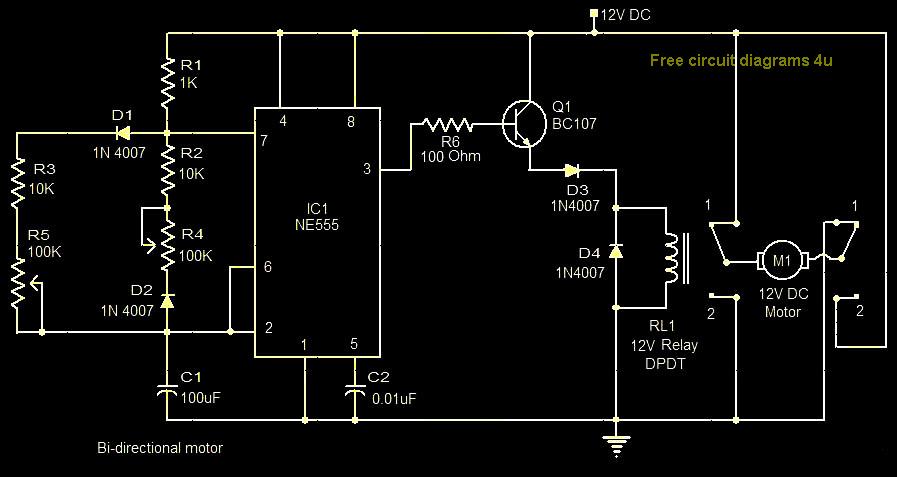
BATTERY SIMULATOR CIRCUIT
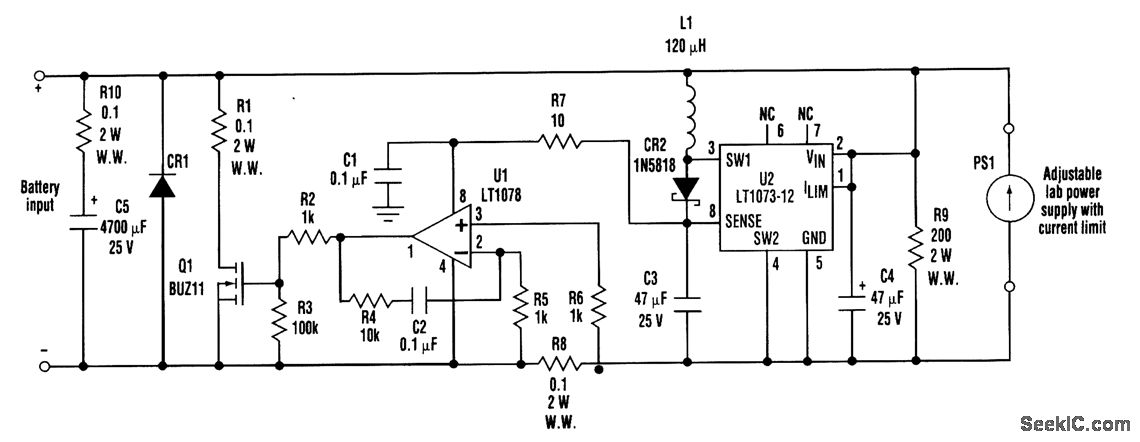
When developing a battery charger, using a real battery can be impractical. The battery simulator circuit described here serves as an alternative. The positive and negative terminals of the battery input should be connected in place of the actual battery in the charger circuit. Additionally, a current-limited laboratory-type power supply must be connected to the simulator circuit. In Discharge mode, the battery simulator utilizes the current-limited lab power supply (PS1) as a source, while the simulator remains inactive. In Charge mode, the charge current is directed through the battery input terminals. A low voltage that develops across resistor R8 is amplified by operational amplifier U1, which causes transistor Q1 to shunt the charge current while maintaining the voltage supplied by power supply PS1. Components U2, inductor L1, diode CR2, and capacitors C3 and C4 create an internal 12-V power supply necessary for the operation of U1 and driving Q1. The voltage range for PS1 is from 1.5 to 15 V. Diode CR1 is included to protect the circuit from reverse polarity and is essential if the maximum charge current exceeds the capacity of the body diode of Q1 (which requires a heat sink). Resistor R1 serves as a sense resistor for measuring the charge current, while R10 and capacitor C5 simulate the AC characteristics of the battery.
The battery simulator circuit is a crucial tool for testing and developing battery chargers without the need for an actual battery. This simulator provides a controlled environment to replicate the charging and discharging characteristics of a battery, allowing engineers to evaluate the performance of their charger designs effectively.
In the circuit, the operation is divided into two modes: Discharge and Charge. In Discharge mode, the simulator acts as a passive load, drawing power from the current-limited lab power supply (PS1). This mode is beneficial for testing the charger’s ability to handle load conditions without the risk of damaging a real battery.
During Charge mode, the simulator actively mimics the behavior of a battery being charged. The charge current is routed through the battery input terminals, where the voltage across R8 is monitored. The operational amplifier U1 amplifies this voltage, providing feedback to control the shunting action of transistor Q1. This feedback loop ensures that the charge current remains within safe limits and that the voltage from PS1 is stable.
The inclusion of components such as U2, L1, CR2, C3, and C4 is essential for generating a reliable internal power supply. This 12-V supply is critical for the proper functioning of U1 and Q1, ensuring that the circuit operates efficiently across the specified voltage range of PS1.
Diode CR1 plays a vital role in protecting the circuit from potential damage due to reverse polarity connections, which could occur if the simulator is inadvertently connected incorrectly. The design also considers the thermal management of transistor Q1, necessitating a heat sink to dissipate heat generated during operation, particularly when handling high charge currents.
Resistor R1 provides a means to measure the charge current, allowing for real-time monitoring of the charging process. Additionally, R10 and C5 emulate the AC characteristics of a battery, ensuring that the simulator can accurately represent the dynamic behavior of real batteries during charging and discharging cycles.
Overall, this battery simulator circuit is an invaluable asset for engineers working on battery charger development, providing a versatile and safe testing platform.When developing a battery charger, using a real battery might be inconvenient. The battery simulator circuit described here is an alternative. The battery input positive and negative terminals should be connected in place of the battery in the charger circuit. Also, a current-limited lab-type power supply must be connected to the simulator circuit (as shown). In Discharge mode, the battery simulator uses the current-limited lab power supply PS1 as a source, and the simulator is inactive. In Charge mode, charge current is forced through the battery input terminals. Low voltage that develops across R8 is amplified by U1 and causes Q1 to shunt the charge current while maintaining the power-supply (PS1) voltage.
U2, L1, CR2, C3, and C4 produce an internal 12-V power supply that is required to operate U1 and drive Q1. The PS1 voltage range is 1. 5 to 15 V. Diode CR1 protects the circuit from reverse polarity and is needed if the maximum charge current is too high for the body diode of Q1 (Q1 must be heat sunk).
R1 is a sense resistor for measuring the charge current. R10 and C5 simulate the ac characteristics of the battery. 🔗 External reference
The battery simulator circuit is a crucial tool for testing and developing battery chargers without the need for an actual battery. This simulator provides a controlled environment to replicate the charging and discharging characteristics of a battery, allowing engineers to evaluate the performance of their charger designs effectively.
In the circuit, the operation is divided into two modes: Discharge and Charge. In Discharge mode, the simulator acts as a passive load, drawing power from the current-limited lab power supply (PS1). This mode is beneficial for testing the charger’s ability to handle load conditions without the risk of damaging a real battery.
During Charge mode, the simulator actively mimics the behavior of a battery being charged. The charge current is routed through the battery input terminals, where the voltage across R8 is monitored. The operational amplifier U1 amplifies this voltage, providing feedback to control the shunting action of transistor Q1. This feedback loop ensures that the charge current remains within safe limits and that the voltage from PS1 is stable.
The inclusion of components such as U2, L1, CR2, C3, and C4 is essential for generating a reliable internal power supply. This 12-V supply is critical for the proper functioning of U1 and Q1, ensuring that the circuit operates efficiently across the specified voltage range of PS1.
Diode CR1 plays a vital role in protecting the circuit from potential damage due to reverse polarity connections, which could occur if the simulator is inadvertently connected incorrectly. The design also considers the thermal management of transistor Q1, necessitating a heat sink to dissipate heat generated during operation, particularly when handling high charge currents.
Resistor R1 provides a means to measure the charge current, allowing for real-time monitoring of the charging process. Additionally, R10 and C5 emulate the AC characteristics of a battery, ensuring that the simulator can accurately represent the dynamic behavior of real batteries during charging and discharging cycles.
Overall, this battery simulator circuit is an invaluable asset for engineers working on battery charger development, providing a versatile and safe testing platform.When developing a battery charger, using a real battery might be inconvenient. The battery simulator circuit described here is an alternative. The battery input positive and negative terminals should be connected in place of the battery in the charger circuit. Also, a current-limited lab-type power supply must be connected to the simulator circuit (as shown). In Discharge mode, the battery simulator uses the current-limited lab power supply PS1 as a source, and the simulator is inactive. In Charge mode, charge current is forced through the battery input terminals. Low voltage that develops across R8 is amplified by U1 and causes Q1 to shunt the charge current while maintaining the power-supply (PS1) voltage.
U2, L1, CR2, C3, and C4 produce an internal 12-V power supply that is required to operate U1 and drive Q1. The PS1 voltage range is 1. 5 to 15 V. Diode CR1 protects the circuit from reverse polarity and is needed if the maximum charge current is too high for the body diode of Q1 (Q1 must be heat sunk).
R1 is a sense resistor for measuring the charge current. R10 and C5 simulate the ac characteristics of the battery. 🔗 External reference
